On October 18, the Forum “Promoting Economic Recovery and Development: Bottlenecks and the Role of the State Audit” took place in Hanoi. The Forum is expected to resolve difficulties related to land management and land pricing, public investment and development of economic zones, industrial parks and industrial clusters.
The forum includes 3 topics: "Land management and land valuation - Inadequacies from practice and through State Audit activities", "Public investment: Bottlenecks and solutions from the perspective of State Audit" and "Development of economic zones, industrial parks, industrial clusters: Current situation, opportunities, challenges and the role of State Audit".
Land management and land valuation
Workshop: “Land management and land valuation - Inadequacies from practice and through State Audit activities” chaired by Deputy State Auditor General Ha Thi My Dung and Deputy Minister of Natural Resources and Environment Le Minh Ngan.

On October 18, the Forum “Promoting Economic Recovery and Development: Key Points and the Role of State Audit” took place in Hanoi . Photo: Hoang Tu
The workshop aims to contribute to identifying and removing difficulties and obstacles of the economy, promoting the process of economic recovery and development after the pandemic, towards a green, clean and sustainable economy in the future; at the same time, enhancing the image and reputation of the State Audit (SA) in supervising the national financial system in a transparent and sustainable manner.
In recent times, land management and use have created huge resources for infrastructure construction and development, accelerating urbanization, and being an important driving force in socio-economic development.
Along with the urbanization process, land capitalization and real estate market development have been strongly implemented. Accordingly, from 2017 to 2021, land revenue always contributed from 12% to 14% of total state budget revenue. In many localities, land revenue accounts for over 30% of the local budget and is the main source of capital for public investment.
Land is also the leading material condition to attract foreign investment in industrial and service development. In the agricultural sector - where land is the main means of production, we have achieved many important achievements in the recent past. Currently, agriculture is also the main pillar supporting the economy in difficult times.
However, in addition to the achieved results, the management and use of land in recent times has also shown many problems, limitations, obstacles, and even violations that need to be handled. Notably, our land policies and laws are both overlapping and complicated, but lack specific regulations and sanctions, leading to difficulties in practical application, and have not yet created a clear legal corridor for land management and use, especially for economic development.
The workshop focused on answering two major issues: First, the current status of land management, use and land valuation based on audit results and practices in localities: The main difficulties, obstacles and bottlenecks hinder the mobilization and effective use of land resources for economic development.
Second, identify and clarify the main solutions to remove those difficulties, obstacles and obstacles. In particular, clearly identify the roles and responsibilities, and at the same time have specific opinions on the audit objectives and the way to organize the audit activities of the State Audit Office to be able to contribute to solving the problems and shortcomings in the mechanisms, policies, and organization of the implementation of land management, use and land valuation in our country today.
Disbursement of public investment capital has positive signals but results are not as expected
Workshop on “Public investment: Bottlenecks through auditing practices” chaired by Deputy Auditor General Doan Anh Tho.
The workshop aims to contribute to identifying and resolving difficulties and obstacles of the economy, towards a sustainable and stable economic development and enhance the prestige and image of the State Audit in monitoring, supporting and promoting the economic recovery and development process.
The organization of the seminar has profound significance in the context of public investment disbursement being an important political task of the whole country to contribute to promoting economic growth, creating jobs, and increasing income for workers.
Recognizing the important role of public investment, on July 28, 2021, the National Assembly issued Resolution No. 29/2021/QH15 on the Medium-term Public Investment Plan for the 2021-2025 period, with the total capital of the medium-term public investment plan from the state budget for the 2021-2025 period being VND 2,870,000 billion. Implementing the Resolution of the National Assembly, the Government and ministries, branches and localities have been resolutely directing the implementation and promoting the disbursement of public investment capital.
According to data from the Ministry of Planning and Investment, in 2022, the disbursement rate of public investment capital reached 69.07% (reaching 79.64% of the plan assigned by the Prime Minister). Of which: the disbursement rate of domestic capital reached 70.96% of the assigned plan; the disbursement rate of foreign capital reached 34.47% of the assigned plan. In the first 9 months of 2023, the disbursement rate of public investment capital reached 50.68% (reaching 51.38% of the plan assigned by the Prime Minister). Of which: the disbursement rate of domestic capital reached 52.33% of the assigned plan; the disbursement rate of foreign capital reached 28.37% of the assigned plan.
Although the disbursement of public investment capital has shown positive signs, the results achieved have not met expectations due to many difficulties and obstacles in the process of organizing and implementing programs and projects. The practice of auditing public investment projects by the State Audit Office in recent years has also shown that the direction, operation and management of public investment projects still have shortcomings and deficiencies, especially problems related to the preparation, appraisal and approval of investment projects; allocation and assignment of capital plans... These are bottlenecks that affect the efficiency and effectiveness of public investment projects as well as the resources and driving force of development.
Experts and managers point out many "bottlenecks" that limit the development of economic zones and industrial parks.
Workshop on "Development of economic zones, industrial parks and industrial clusters: Current situation, opportunities, challenges and the role of State Audit".
The workshop was co-chaired by Deputy General Auditor Bui Quoc Dung and Deputy Minister of Planning and Investment Nguyen Thi Bich Ngoc.
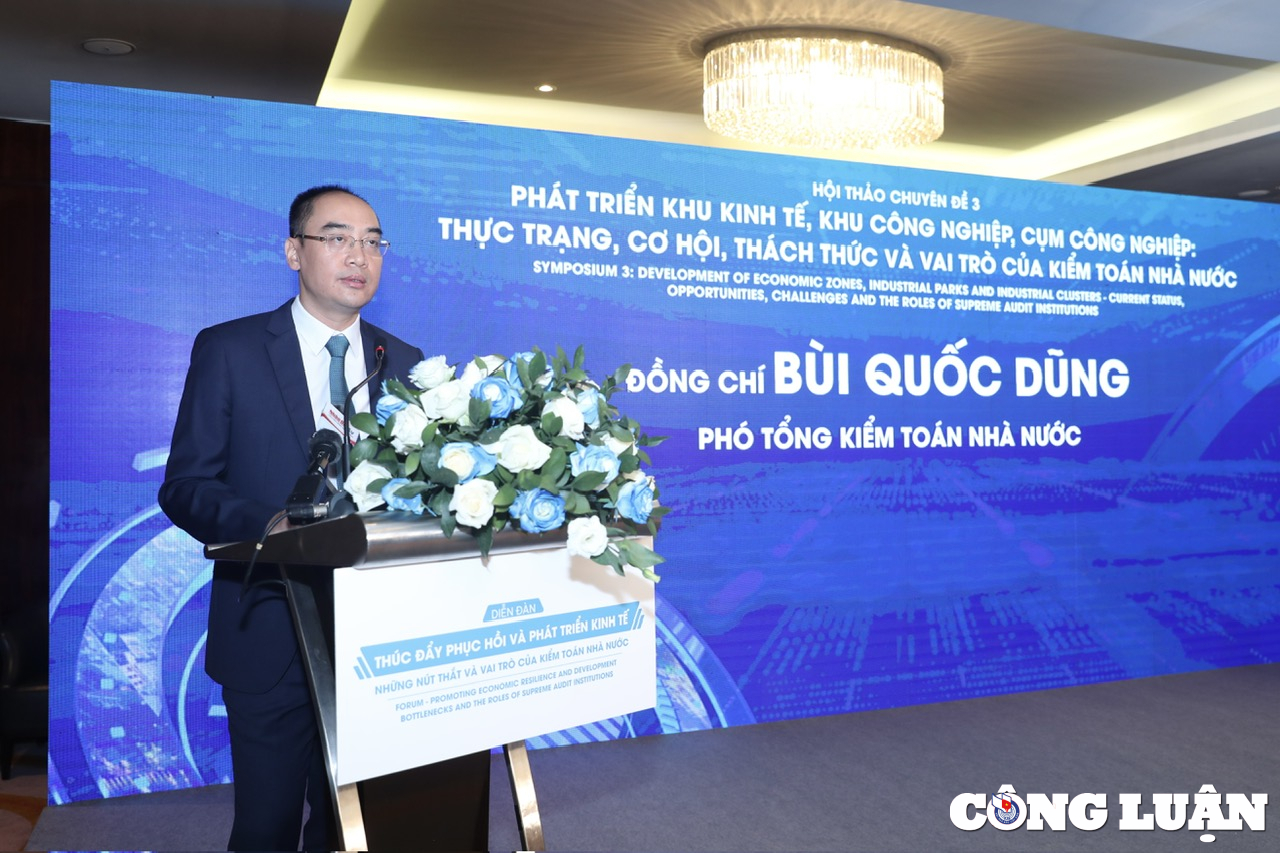
Deputy State Auditor General Bui Quoc Dung speaks at the Forum. Photo: Hoang Tu
The development of industrial parks (IPs) and economic zones (EZs) is identified as one of the important contents, formed from the Party's "Innovation" policy to implement the policy of developing a multi-sector commodity economy, opening up, attracting resources from economic sectors to develop the country's socio-economy.
The achievements after more than 30 years of developing industrial parks and economic zones are positive contributions to economic and social growth and development; helping to accelerate the process of industrialization, modernization, transformation of development space, promoting industry and regional linkages, creating an important foundation for long-term growth. Industrial parks and economic zones have boosted industrial production growth, increased export value and economic competitiveness; and contributed significantly to the state budget.
As of December 2022, a system of 407 industrial parks (including 4 export processing zones) has been established nationwide with a total natural land area of 128,684 hectares, a total industrial land area of 86,208 hectares, of which 292 industrial parks have been put into operation with a total leased area of 45,323 hectares, reaching an occupancy rate of nearly 72% and 115 industrial parks are compensating for site clearance and basic construction. Along with that, 26 border gate economic zones have been established in 21 provinces and cities with a total area of 766,000 hectares; 18 coastal economic zones have been established in 17 provinces and cities with a total land and water surface area of nearly 871,523 hectares.
According to the Ministry of Planning and Investment, industrial parks and economic zones have attracted nearly 10,400 domestic investment projects and 11,200 FDI projects, with total investment capital of about VND2.54 trillion and USD231 billion, respectively. Realized investment capital in industrial parks and economic zones reached about USD221.33 billion, of which investment capital for infrastructure development in industrial parks and economic zones was about USD9.33 billion and investment capital of investment projects in industrial parks and economic zones was USD212 billion.
The proportion of export value of enterprises in industrial parks and economic zones in the total export turnover of the country has increased rapidly over the years, from 6% in 1995 to 19% in 2005, reaching 50% in 2015 and from 2016 to now has always accounted for an average of over 55%. In the period 1996-2000, industrial parks and economic zones contributed an average of about 900 billion VND/year to the state budget; in the period 2011-2015, they contributed about 72.4 trillion VND/year, accounting for 12.7% of the total domestic state budget revenue (excluding crude oil) and in the period 2016-2020, they contributed 363,141 billion VND, accounting for 11.7%. Industrial parks and economic zones also create jobs for more than 3.9 million direct workers, accounting for 8.3% of the country's workforce.
The development of industrial parks and economic zones also contributes positively to environmental protection, implementing green growth orientation; as well as promoting diplomatic, economic, trade and investment relations between Vietnam and its partners.
However, experts and managers have pointed out many “bottlenecks” that limit the development of industrial parks and economic zones. Specifically, issues related to: planning; synchronous transport infrastructure and connectivity; regional connectivity; labor and social security; environmental issues; investment incentives for developing infrastructure of industrial parks and economic zones; land use efficiency, etc.
Source


![[Photo] Party and State leaders attend the special art program "You are Ho Chi Minh"](https://vphoto.vietnam.vn/thumb/1200x675/vietnam/resource/IMAGE/2025/5/18/6895913f94fd4c51aa4564ab14c3f250)
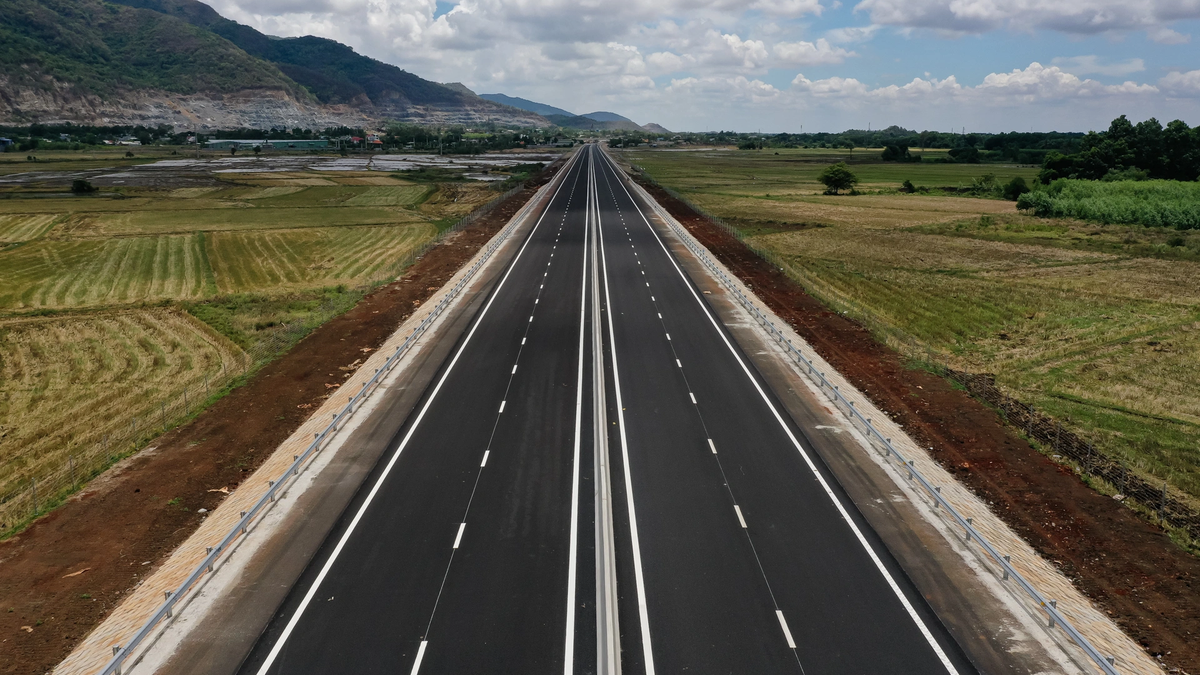

![[Photo] Special flag-raising ceremony to celebrate the 135th birthday of President Ho Chi Minh](https://vphoto.vietnam.vn/thumb/1200x675/vietnam/resource/IMAGE/2025/5/19/1c5ec80249cc4ef3a5226e366e7e58f1)
![[Photo] Party and State leaders visit President Ho Chi Minh's Mausoleum](https://vphoto.vietnam.vn/thumb/1200x675/vietnam/resource/IMAGE/2025/5/19/d7e02f242af84752902b22a7208674ac)
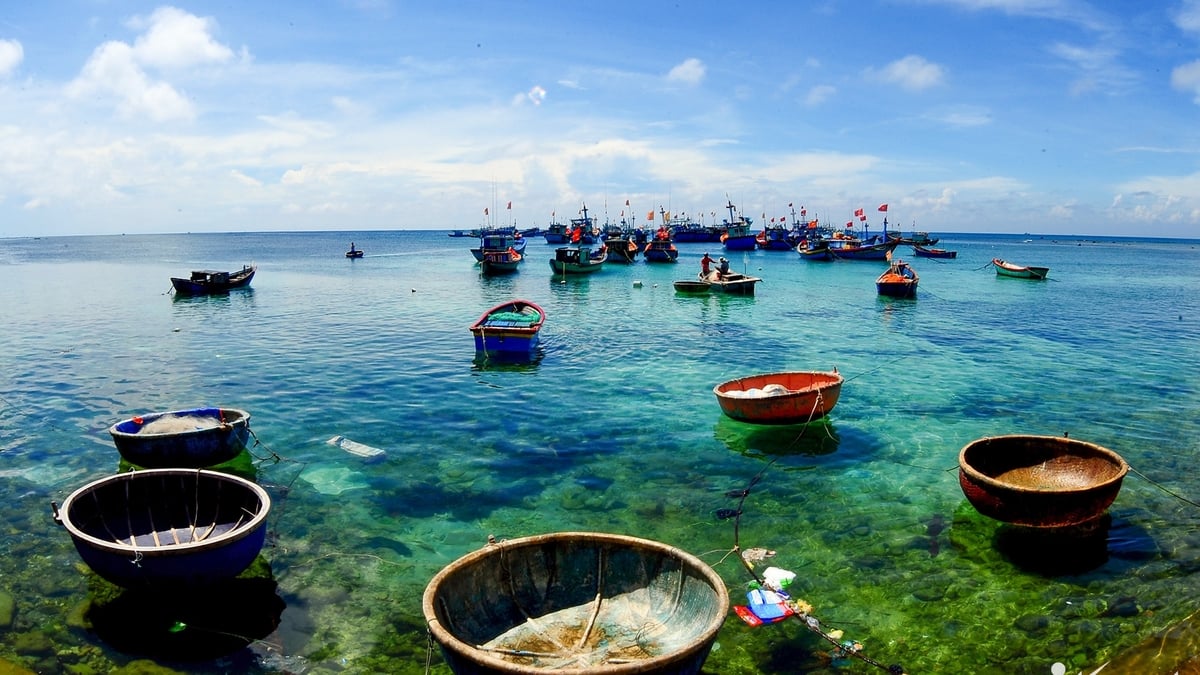



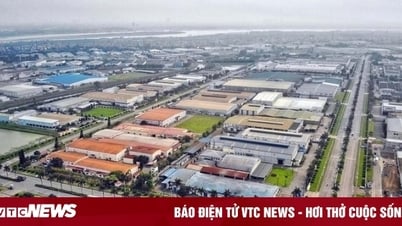

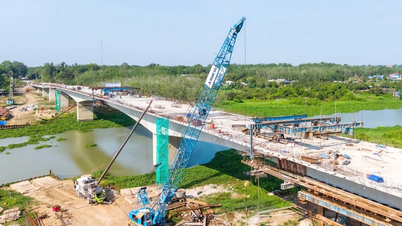



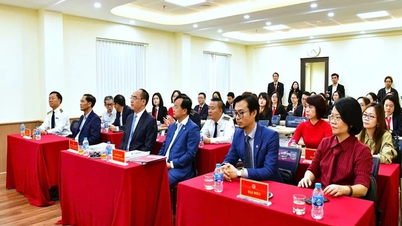










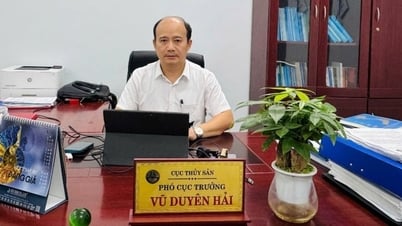











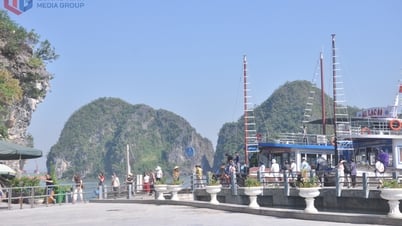



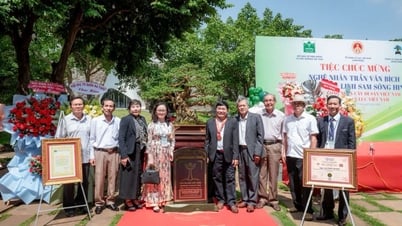










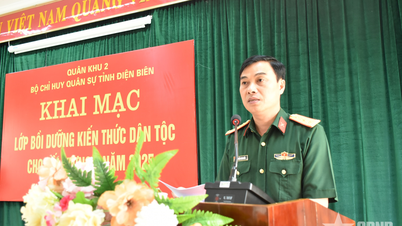
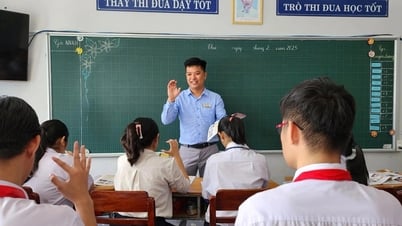

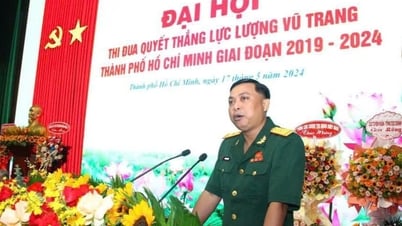
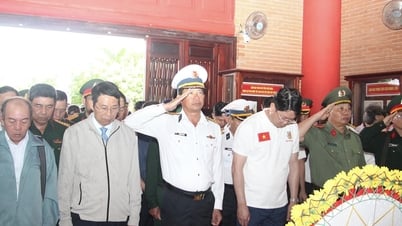
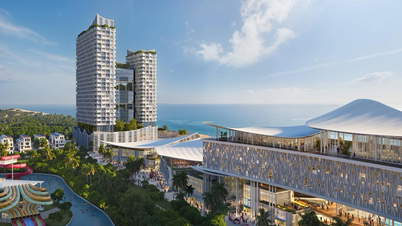
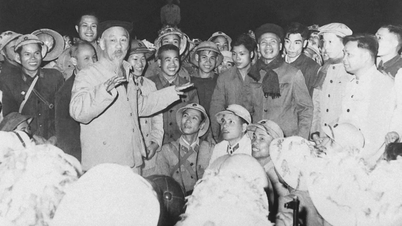
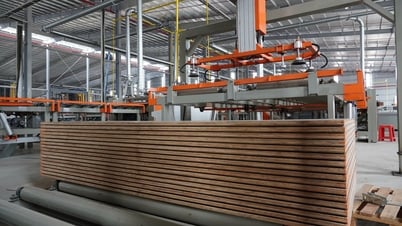
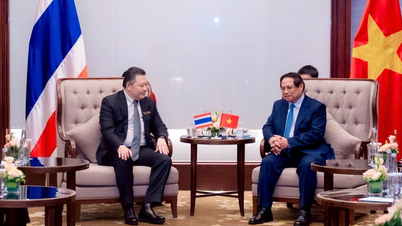
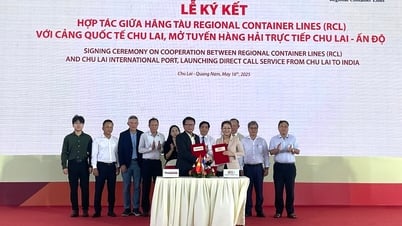



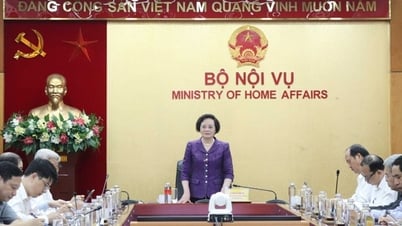

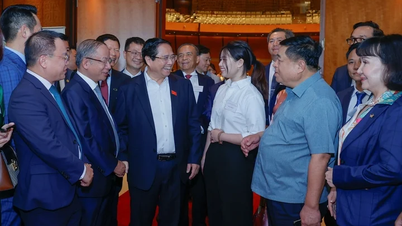
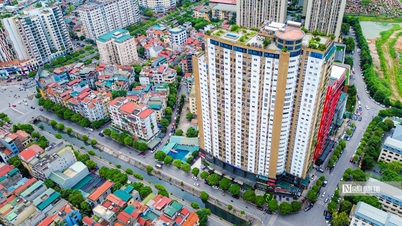


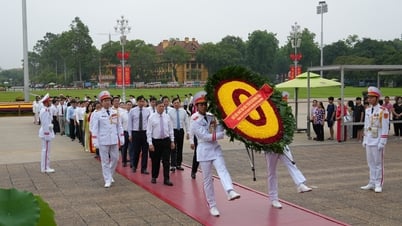

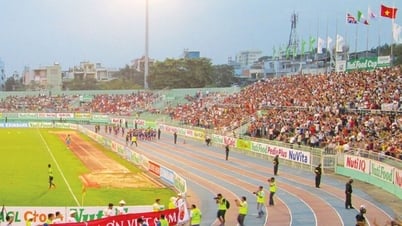
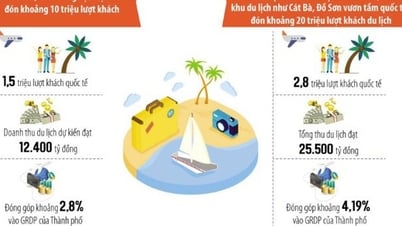
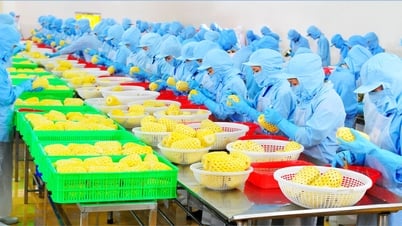



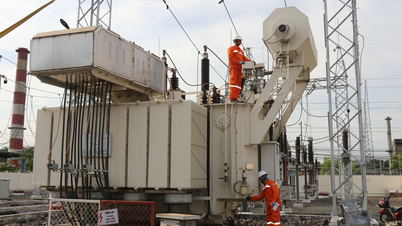



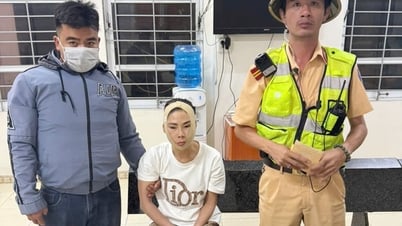

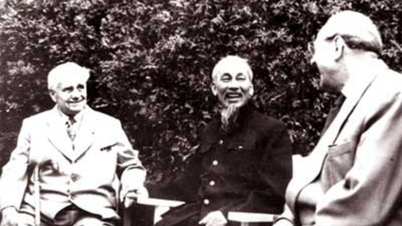

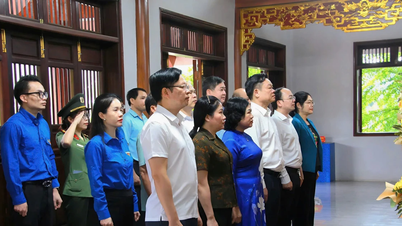









Comment (0)